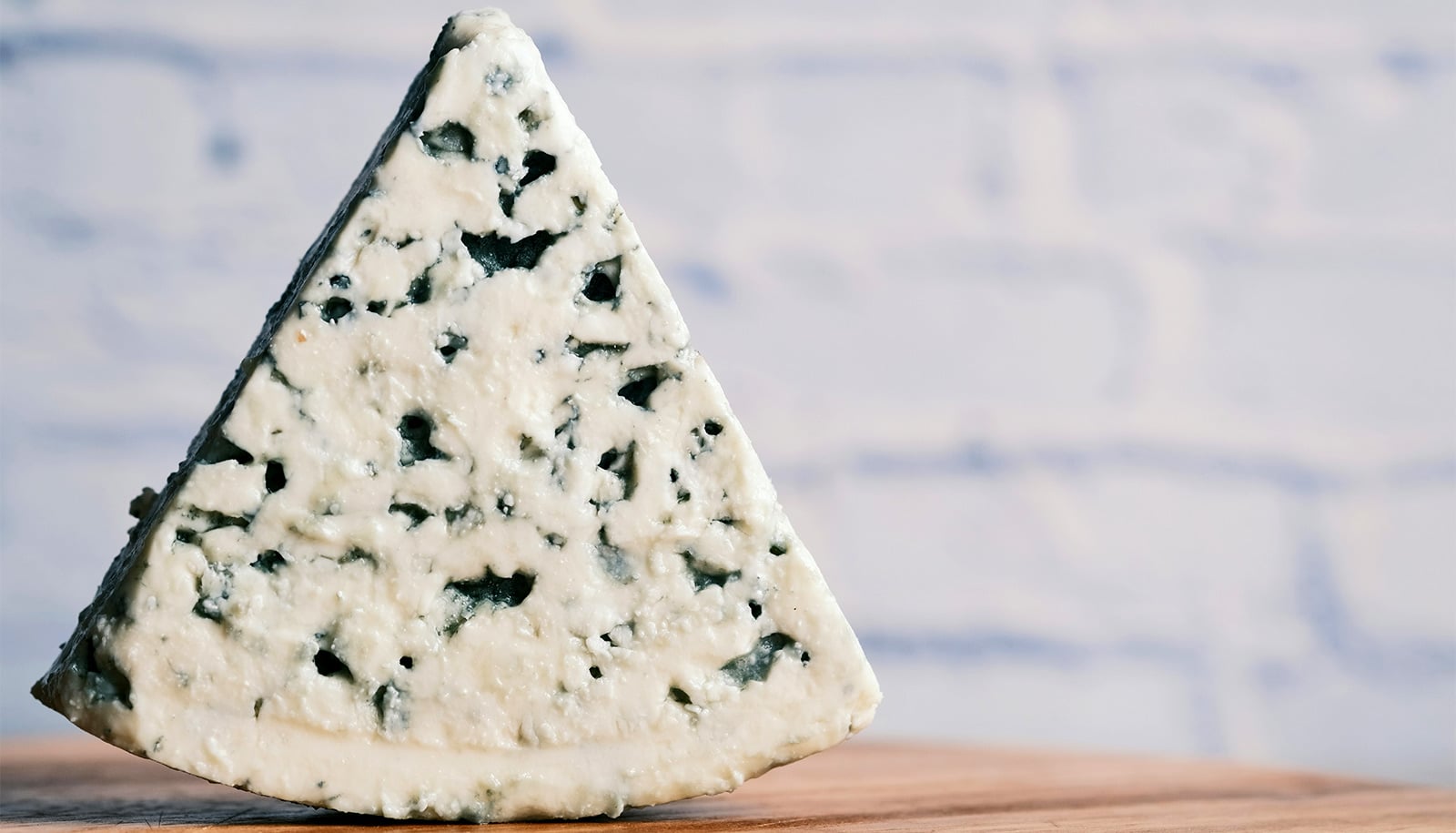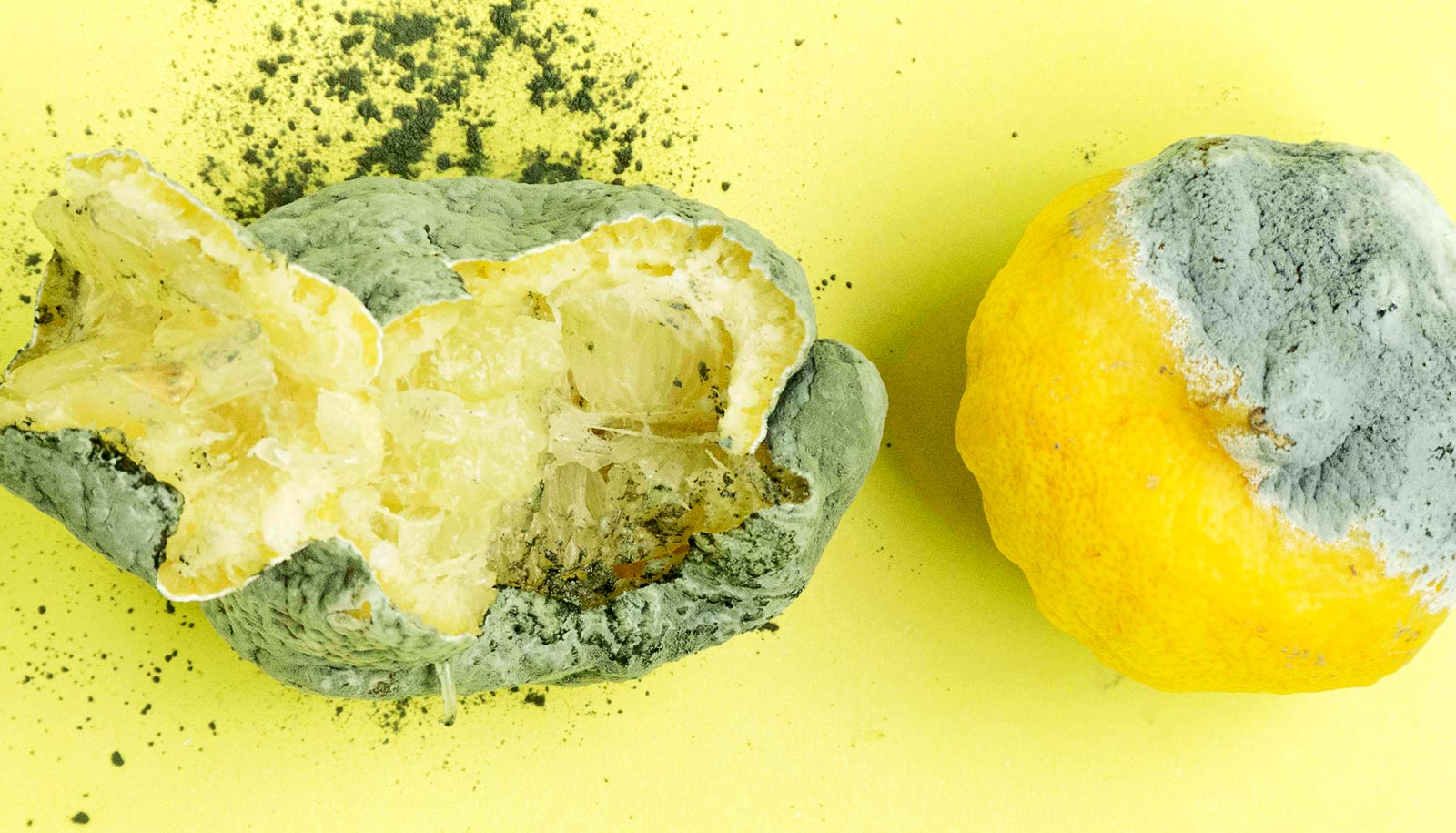Researchers have discovered a way to synthesize a compound in the mold of blue cheese that has antibacterial and anticancer properties.
The marbled veins of blue cheese, which are edible Penicillium molds, produce compounds with antifungal, antibacterial, and other biological properties in high doses also known as natural products.
Now researchers have a new, efficient way to synthesize some of these beneficial blue cheese compounds in a way that avoids the use of harmful chemicals. Previously, the synthesization of these compounds was either extremely low in yield or required the use of harmful or dangerous chemicals.
“This discovery explains the mechanism behind a new reaction in our field, filling a knowledge gap,” says Sydney Johnson, who earned her doctorate in biochemistry at Virginia Tech and is lead author of the study published in ACS Biochemistry.
Antibacterial resistance has become a growing problem for society, which was caused by the overuse of natural products used on the market for decades, Johnson says.
By finding a way to synthesize on a large scale a naturally occurring compound that hasn’t previously been used for antibacterial applications, the researchers were able to evade the existing antibacterial resistances.
“We work with an enzyme that can help create a natural product that has a unique structure that would make it very difficult for pathogens to become resistant,” Johnson says. “Existing pathogens would have to evolve to be resistant to this new compound.”
“I like to train innovative scientists that work on trying to move the science forward by developing projects that move the entire field forward,” says Pablo Sobrado, professor of biochemistry who leads the Sobrado Lab and is one of the paper’s researchers. “Sydney achieved that with this research.”
Enzymes are proteins that help speed up chemical reactions. For their experiment, the researchers used an enzyme that produces something called roquefortine L. Parts of its chemical structure are biologically active, which means that it can have beneficial properties such as antimicrobial activities.
In addition, the production of roquefortine L is central to the production of other molecules called glandiclone, melegranin, and oxaline, which have been shown to have broad antimicrobial properties and promising anticancer effects against human breast and leukemia cancer cells.
This enzyme attaches two hydroxyl groups to a nitrogen atom, which are functional groups found in sugars and alcohols. A hydroxyl group consists of one hydrogen and one oxygen atom. Through a complex chemical process, the hydroxyl groups then develop an entirely different functionality.
“This has not been studied in detail before, and Sydney showed how the enzyme holds on first to the product that has the one hydroxyl group, attaches the second group, and then obtains the final product,” Sobrado says.
Many fungal species make this compound naturally, and it’s relatively new in the biochemistry field to research how to synthesize these processes at a large scale. According to the researchers, the reaction mechanism and the actual chemistry that takes place on the involved nitrogen atom is completely unique compared to other research.
“This publication lays the foundation to utilize the enzyme to synthesize the natural products,” Johnson says. “The improvements make this process much more marketable. Eventually, we could get a drug containing one of these compounds or something similar to it to the market.”
Source: Virginia Tech



